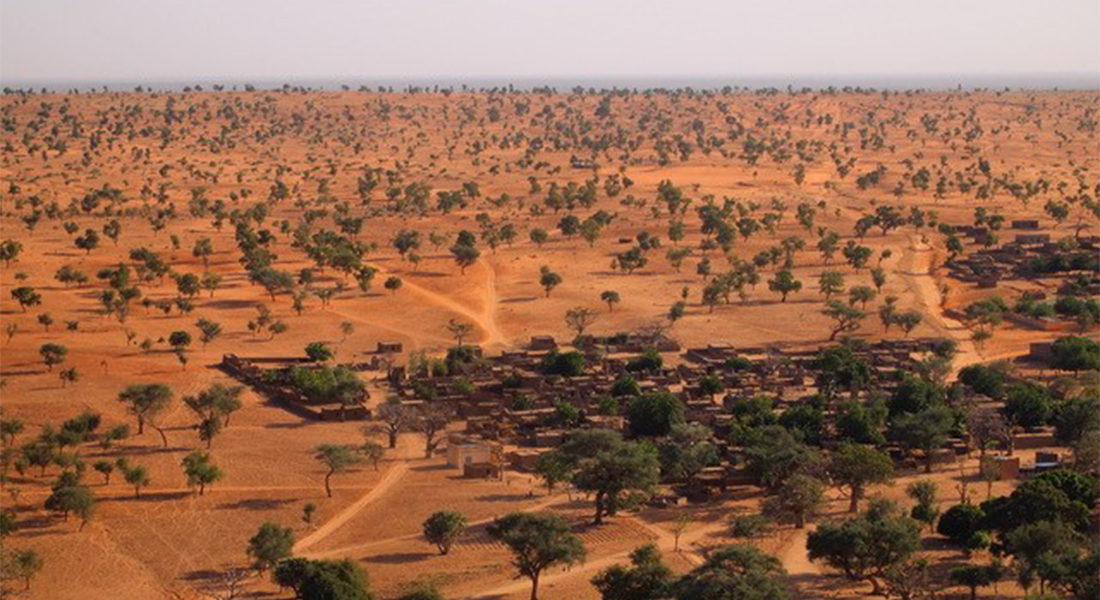AI Seminar: An unexpectedly large count of trees in the West African Sahara and Sahel

At this seminar, Ankit Kariryaa will describe the approach for segmenting individual trees and the challenges that they faced. The seminar is relevant to researchers interested in machine learning and its application in remote sensing, especially for ecological monitoring.
Speaker
Ankit Kariryaa, Postdoc at Department of Computer Science, University of Copenhagen.
Title
An unexpectedly large count of trees in the West African Sahara and Sahel
Abstract

A large proportion of dryland trees and shrubs grow in isolation, without canopy closure. These non-forest trees have a crucial role in biodiversity and provide ecosystem services such as carbon storage, food resources and shelter for humans and animals. However, most public interest relating to trees is devoted to forests, and trees outside of forests are not well-documented. Here we map the crown size of each tree more than 3 m2 in size over a land area that spans 1.3 million km2 in the West African Sahara, Sahel and sub-humid zone, using sub meter-resolution satellite imagery and deep learning. We detected over 1.8 billion individual trees (13.4 trees per hectare), with a median crown size of 12 m2, along a rainfall gradient from 0 to 1,000 mm per year. The canopy cover increases from 0.1% (0.7 trees per hectare) in hyper-arid areas, through 1.6% (9.9 trees per hectare) in arid and 5.6% (30.1 trees per hectare) in semi-arid zones, to 13.3% (47 trees per hectare) in sub-humid areas. Although the overall canopy cover is low, the relatively high density of isolated trees challenges prevailing narratives about dryland desertification, and even the desert shows a surprisingly high tree density. Our assessment suggests a way to monitor trees outside of forests globally and to explore their role in mitigating degradation, climate change and poverty.
This seminar is a part of the AI Seminar Series organised by SCIENCE AI Centre. The series highlights advances and challenges in research within Machine Learning, Data Science, and AI. Like the AI Centre itself, the seminar series has a broad scope, covering both new methodological contributions, ground-breaking applications, and impacts on society.

